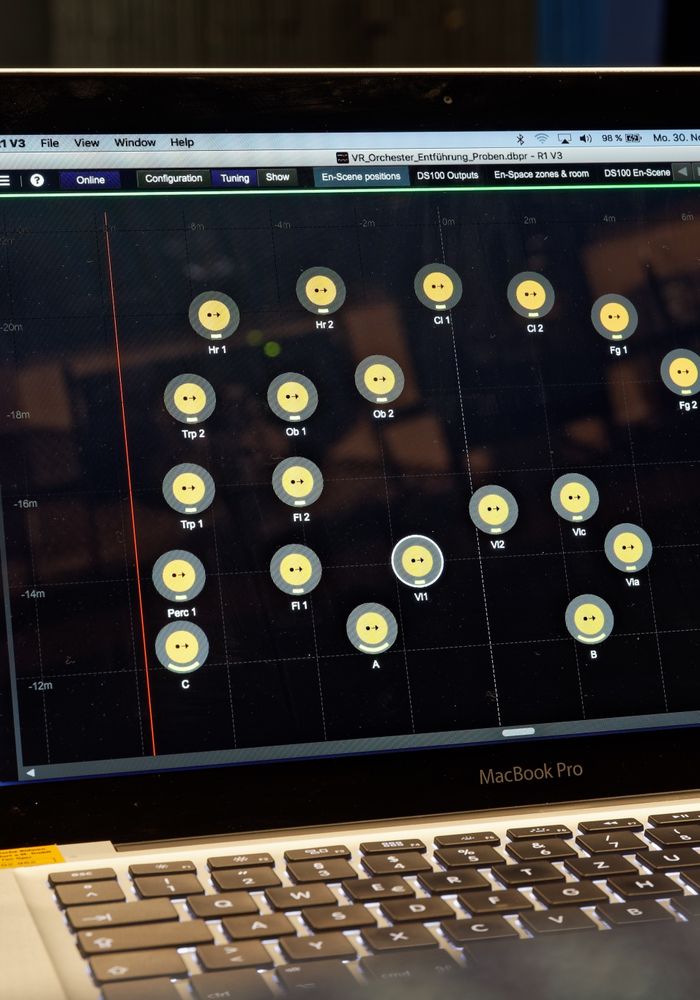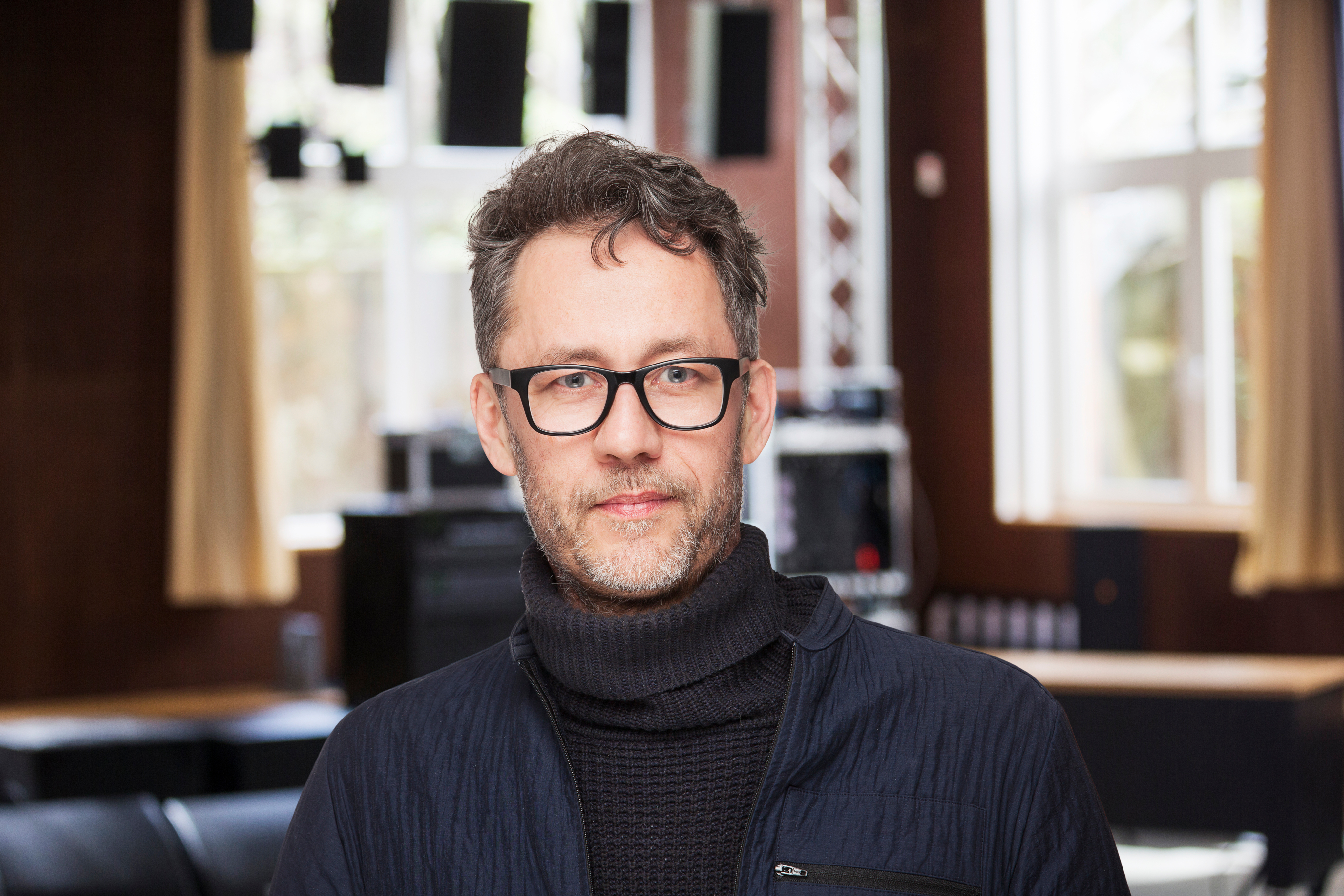German pro audio giant d&b audiotechnik has unveiled what it describes as “a big step forward for spatialized and immersive audio in live sound” with its new Soundscape Simulation software. Headliner hears from d&b’s product manager advanced systems, Georg Stummer, to find out what the launch means for the users and audiences.
The new d&b Soundscape update marks the latest additions to its software toolkit - Soundscape Simulation, SPL and localization mapping within an object based workflow.
As part of d&b’s ArrayCalc simulation software, the new visualization tool is designed to accurately model a Soundscape system’s real and perceived acoustical performance within a space.
"This new software optimizes the system approach to allow En-Scene to deliver even better results based on solid acoustical science,” Stummer told Headliner. “Sound reproduction is changing and finally there is a way to accurately demonstrate how Soundscape will improve an overall production by incorporating psycho acoustic evaluation and the simulation of an auditory perception into the d&b workflow.
“The introduction of the En-Scene simulator is a major paradigm shift in the way we model sound,” he continued. “The software gives sound engineers and technicians a design and planning tool that matches their creative reality and makes the experience upgrade that Soundscape delivers more accessible than ever.”
The En-Scene simulation tool allows d&b users of all experience levels to evaluate how the spatialization created with a Soundscape system will be experienced by the audience, meaning that they can optimize the system design early in the planning phase of a production. Furthermore, the En-Scene simulator also demonstrates Soundscape’s ability to improve the overall production and listening experience through object-based processing, according to the company.
“This is a big step forward for spatialized & immersive audio in live sound,” Stummer added. “Now, for the first time, we have had a tool that models beyond the standard measurable audio parameters to consider psychoacoustic factors that affect the experience created and the audiences perception of the sound.”


